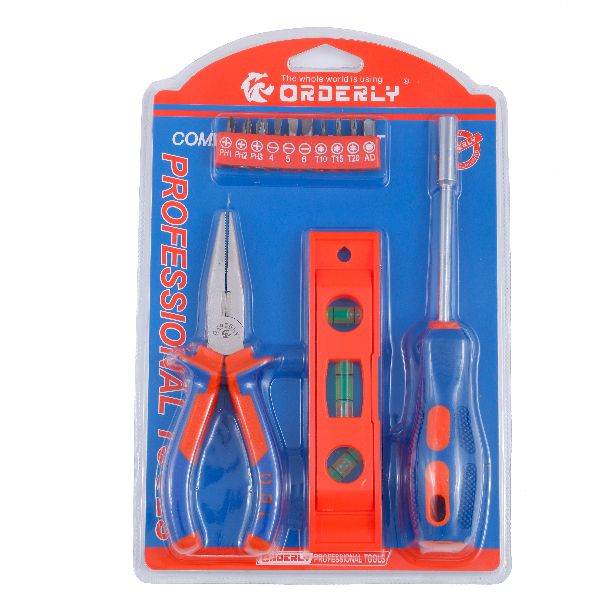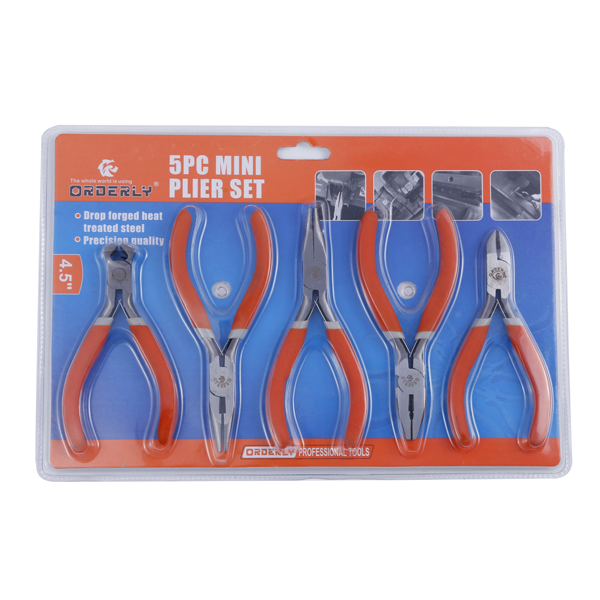In the realm of precision engineering and manufacturing, hand lapping tools play a critical role in achieving ultra-smooth surfaces and tight dimensional tolerances. This article explores various aspects of hand lapping tools available for sale, touching on their types, usage, advantages, and where to find them. Whether you’re a seasoned professional in the field or a hobbyist looking to refine your craftsmanship, understanding the intricacies of hand lapping tools can significantly elevate the quality of your work.

Understanding Hand Lapping Tools
Hand lapping tools are essential in the manufacturing and finishing of precision parts. These tools are used to manually smooth and flatten surfaces to achieve extremely tight tolerances and mirror finishes, often required in aerospace, automotive, and jewelry industries. Hand lapping involves rubbing two surfaces together with an abrasive between them, which can be a slurry or embedded in a lapping plate. This process not only improves surface finish but also helps in achieving a more accurate fit for parts.

Types of Hand Lapping Tools Available
There is a wide variety of hand lapping tools on the market, catering to different materials, surface requirements, and precision levels. The most common types include diamond lapping plates, silicon carbide blocks, and ceramic stones. Each type comes with its own set of grain sizes for various finishing stages, from coarse removal of material to fine polishing. Choosing the right tool depends on the material you’re working with and the desired surface finish.
Selecting the Right Hand Lapping Tool
Selecting the right hand lapping tool requires understanding the material properties and the finish requirement of the workpiece. For harder materials, such as metals and stones, diamond lapping plates are preferred due to their superior abrasiveness and durability. For softer materials, silicon carbide or ceramic tools might be more appropriate. Additionally, consider the grain size of the tool, as this will determine the level of finish you can achieve.
Advantages of Using Hand Lapping Tools
The primary advantage of using hand lapping tools is the unparalleled precision and surface finish they can achieve. Unlike machine-based processes, hand lapping gives the operator total control over the pressure and motion, allowing for the correction of minute imperfections. This method is particularly beneficial for components requiring extremely tight tolerances or with complex shapes that machines can’t easily handle. Furthermore, hand lapping can be a cost-effective solution for small batches or individual pieces.
Where to Find Hand Lapping Tools for Sale
Hand lapping tools can be purchased from a variety of sources. Specialty manufacturing supply companies often carry a wide range of tools to suit different needs. Online marketplaces are also a great place to find both new and used options, allowing you to compare prices and read customer reviews. Before making a purchase, verify the tool’s material compatibility with your workpiece and check for any additional features that may be useful for your specific application.
In summary, hand lapping tools are a vital asset in achieving precision finishes on various materials. By understanding the types of hand lapping tools available and selecting the right one for your workpiece, you can significantly enhance the quality and precision of your finished products. Whether you’re involved in professional manufacturing or simply enjoy precision crafts as a hobby, investing in the right hand lapping tool can make all the difference in your projects.
